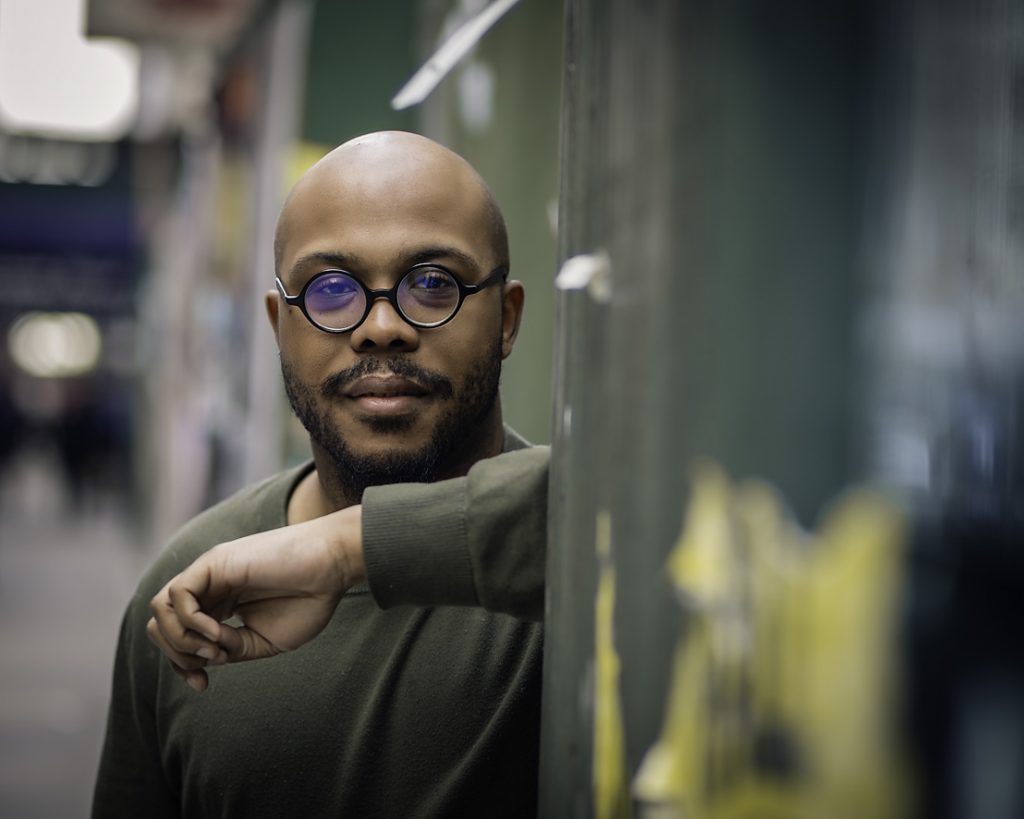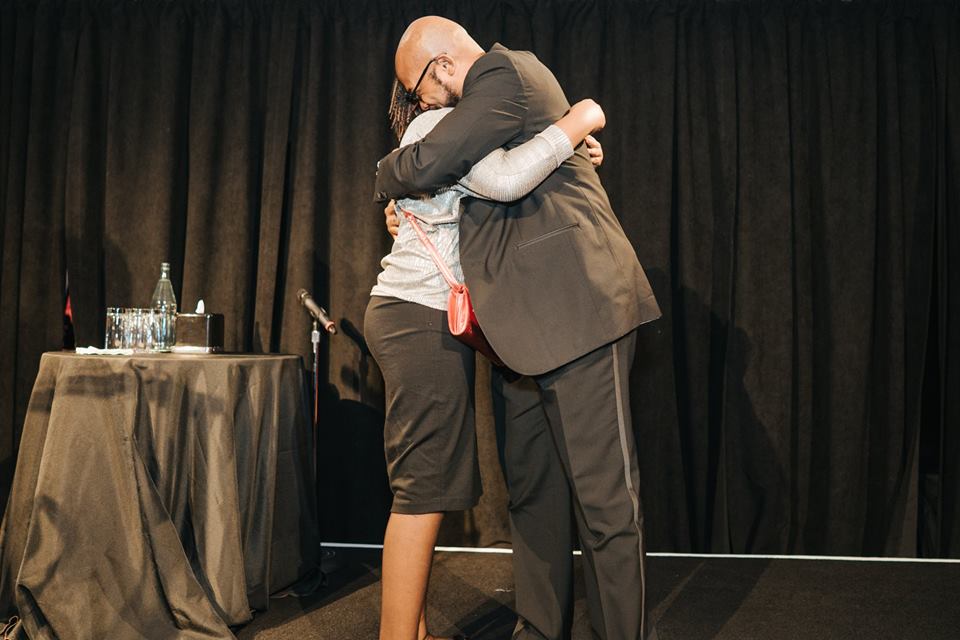“It’s like a miracle that Asaya is still alive because the doctors only gave him two years to live,” his mother, Charline Bullock, told “Good Morning America.” “He was sick a lot and as [his] parents, we didn’t know what was wrong with him.” -Charlene Bullock (Asaya’s Mom)
Read the Story from Good Morning America.
What Is It Like To Give To A Stranger? – A Bone Marrow Transplant StoryHave you ever given to a complete stranger?
to Give [giv] verb: to freely transfer possession of something to someone: to hand over, without expecting compensation
Michael Powell is a “giver.” He regularly donated blood. He also donated his bone marrow. Twice. Once with a stem cell transplant, and again through a bone marrow transplant. He gave, not knowing where, or to whom it was going. He is a giver.
In 2007, while at a company blood drive in NYC, he met some folks from the Icla da Silva Foundation. They were asking people to consider joining the Be The Match bone marrow registry. Most blood cancer patients, people with varying forms of leukemia, lymphoma, or sickle cell, don’t have a matching donor in their family. They require a transplant from a stranger in order to survive. Their doctors search the Be The Match registry, looking for a matching donor.
On the day in 2007, after he finished donating blood, Michael joined the bone marrow registry. He filled out some forms, swabbed his cheek, and was entered onto the registry. It was that simple. The process is now digital, and they mail the swabs to your home, but anyone between the age of 18 and 44 can join.
Michael agreed to donate his stem cells or bone marrow, should the need ever arise.
Matching and the Challenge
Unfortunately, that need arises every day. Approximately 14,000 times every year. The challenge is in finding the perfect “match” for those patients in need of a transplant.
Only one out of every 406 people on the registry will match and donate. A match is usually determined by a person’s ethnic ancestry. An African American patient is most likely to receive a successful transplant, a perfect match, from an African American donor. Michael wasn’t aware of it at the time, but African American donors are in short supply. For the African American patients with a blood cancer or sickle cell, only 23% are able to find a match on the current registry. By comparison, Caucasians are able to find a successful match 77% of the time.
There simply aren’t enough potential donors included on the registry, especially donors of ethnic diversity. The Icla da Silva Foundation is doing its best to change that by specifically holding registration drives within diverse communities.
You can join the registry by clicking the link. You may match a patient in need.
Michael’s First Bone Marrow Donation
In 2013, six years after joining the registry, Michael received a call that he was a match. He had forgotten that he was even on the registry. Be The Match explained the process and asked if he would be willing to donate his stem cells through a PBSC donation.
He agreed.
They scheduled a check-up, to make sure he was physically fit, and organized some tests to ensure he was a perfect match. The donation process includes injections of filgrastim, which helps increase the number of blood-forming cells in the body. Be The Match organized a visiting nurse, who came by his apartment daily, for the filgrastim shots.
Five days later, he donated at Memorial Sloan Kettering hospital in NYC. It took about 4 hours. His blood was removed through an intravenous needle in one arm, passed through a machine that collected the blood-forming cells, and the remaining blood was returned to his body through a needle in the other arm.
Michael told me that Be The Match took care of everything. They offered to have someone go with him to the hospital. They organized a car to pick him up and take him back home. They even paid for a meal for him and a friend after his donation.
He insists the process was easy and pain-free. He had some joint stiffness for a few days, but he would recommend that everyone join and donate if they are offered the opportunity.
The next step was waiting to hear if it was successful for the patient.
Unfortunately, shortly after the transplant, due to complications from their cancer, the patient passed away. Michael was greatly affected by that news. He says “it meant so much for me to give, but to learn that the patient passed away, that was very heavy on my heart.”
Michael’s Second Donation
In 2017, he received a second call. He was a possible match for another patient.
Again, Be The Match kept in close communication and organized everything for him. They scheduled physical exams and blood tests.
While waiting to see if Michael was the best match, the patient had complications and the doctor indicated that this time, a surgical marrow extraction was the preferred method.
Michael had never stayed in a hospital before, and he had never had surgery.
Still, he agreed that he would donate.
When I asked him why he shrugged and said to me “Someone needed help and it was an opportunity for me to help that person…I couldn’t think of a reason not to do it.”
They scheduled surgery for June at Memorial Sloan Kettering, where they would extract bone marrow from his pelvic bone. He was anxious. Understandable so.
Michael tells me that the nurses and doctors at the hospital were all incredible. Answering all of his questions and making sure he was comfortable with his decision to donate his bone marrow. Right up to the very last minute, the doctor and anesthesiologist asked him if he was still comfortable going through it.
Once again, Michael said yes.
On June 1, 2017, at Memorial Sloan Kettering hospital in New York City, Michael donated his bone marrow through a surgical procedure. On June 2, a sickle cell patient received Michael’s bone marrow in a transplant at Nationwide Children’s Hospital in Columbus Ohio.
Always positive, Michael remarked that during the surgery, it was the best sleep he had ever had. He was emotionally relieved that it was over; physically, he was stiff.
Again, I kept pushing Michael about the why. I think he grew tired of me asking. His response was direct and to the point – “I didn’t think of why, I thought of how, and when do you need me. I knew I wasn’t going to be harmed from it.”
I still find his perspective to be remarkable. Michael believes that we are all connected. It is very important to him. He tells me that “we all have a chance to make a difference in someone’s life.” While that is very true, unfortunately, many people do not act on it.
Michael Powell did, and he made a difference in someone’s life. We are forever grateful.
The Meeting
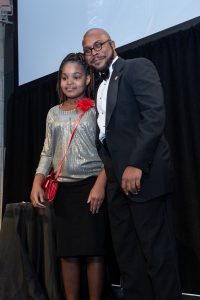 After a transplant in the United States, the donor and recipient are not allowed to meet for at least a year. On October 17, 2018, 16 months after the bone marrow transplant, Michael was invited to the annual Icla da Silva Hope Gala. It was at the Gala that he met his patient, Aunesti Sullivan.
After a transplant in the United States, the donor and recipient are not allowed to meet for at least a year. On October 17, 2018, 16 months after the bone marrow transplant, Michael was invited to the annual Icla da Silva Hope Gala. It was at the Gala that he met his patient, Aunesti Sullivan.
Every year at the Gala, we introduce patients and their donors to each other on the stage. It was the first time that Michael and Aunesti met. It was an emotional experience for everyone in the room.
Aunesti is a 13-year-old girl from Toledo, Ohio. She was born with Sickle Cell Anemia, and as a result of the Sickle Cell, was also suffering from Avascular Necrosis (AVN), or brittle bone disease.
Aunesti is doing very well. She is active, back in school, and living the life of a teenager.
Michael is happy to have made a difference in her life. He tells me they keep in constant contact via text and phone. He has agreed to work with us to help spread the word about the importance of joining the registry and staying committed to donate if you ever match a patient In need.
Anyone between the ages of 18 and 44 can join by clicking the link below.
Thanks for reading, and thank you to Michael for making a difference in someone’s life. We are all connected.
Written by Bret Itskowitch
February is Black History MonthBlack History Month has arrived once again. February 2018 is a perfect time for meaningful reflection on the highs and lows of the past; being reminded of lessons learned and lost opportunities. Hats off to our tenacious ancestors who set the tone for future generations, paving the way for change and healing in an often volatile environment.
We may not all be movers and shakers in this world, but each day presents us with subtle choices. Taken seriously, these small windows of opportunity may change the world for just one other person. What legacy are you building for coming generations to follow? We think changing the world for one other person at a time is the most effective method because a whole lot of little contributions make up a lifetime of stunning declarations.

Future Pathways
We encourage each and every person to join the movement for a better future – especially African Americans and minorities. Shockingly, the African American donor pool makes up only 5-7% of the worldwide registry, which effectively results in only a 66% probability of finding a perfect bone marrow match for members of this community. This is comparable to a 97% chance of finding a match from the white donor population.
Although blood cancers are the most commonly mentioned condition for a bone marrow transplant, there are a myriad of other illnesses, too. Sickle cell disease also requires a bone marrow transplant for any chance of recovery andis more prevalent in the African American population.
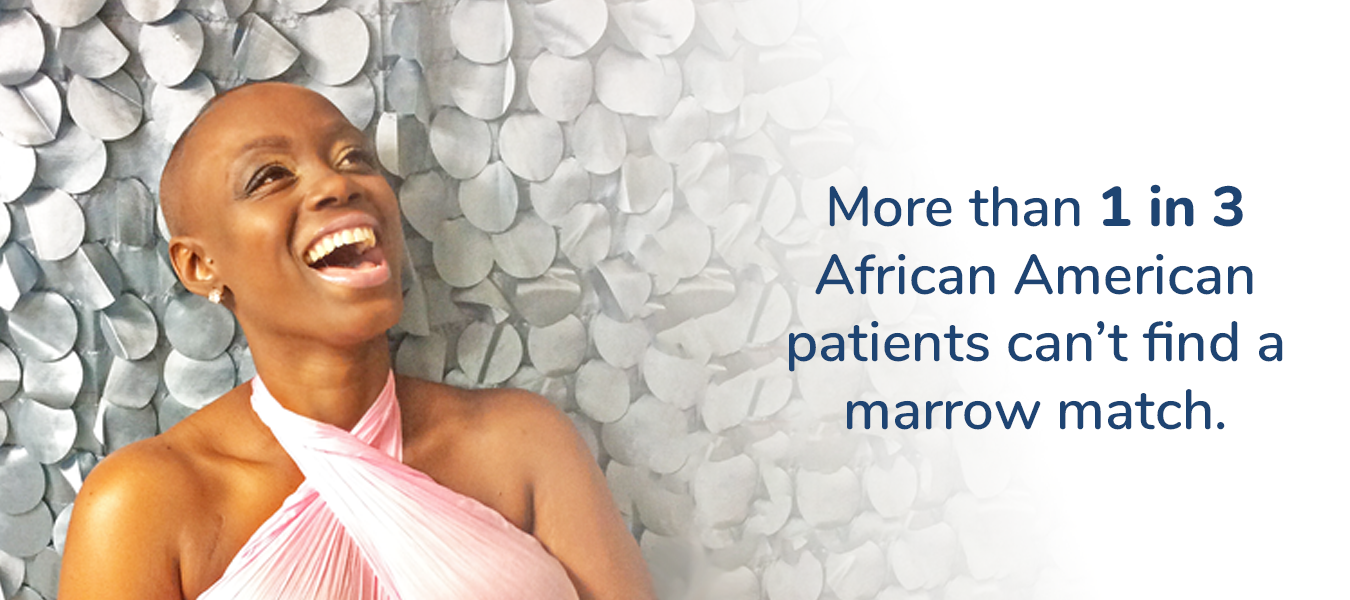
The diversity of this ethnic group’s genetic and familial history, however, presents a massive challenge in building a fully representative donor pool. To put it bluntly, we need more donors. The more diverse the pool of potential donors, the greater the possibility for everyone who needs it to receive a life-saving bone marrow transplant from a perfect donor match. This is true for any population, but especially for members of minorities and mixed heritage.
The largest bone marrow registry, Be The Match, aims to facilitate an ever-widening pool of potential bone marrow donors. The greater the diversity presented, the better for all. Every person deserves a second chance at a beautiful, healthy life
In this month of remembrance and celebration, take ten minutes to register as a bone marrow donor.
It is quick, painless and potentially life-changing. You can register online, or at one of the many bone marrow drives around the country. Hopefully you will even earn the privilege of being called upon to donate as you help to build a better world.
Be proud of your heritageand stand firm as an advocate for healing and renewal.
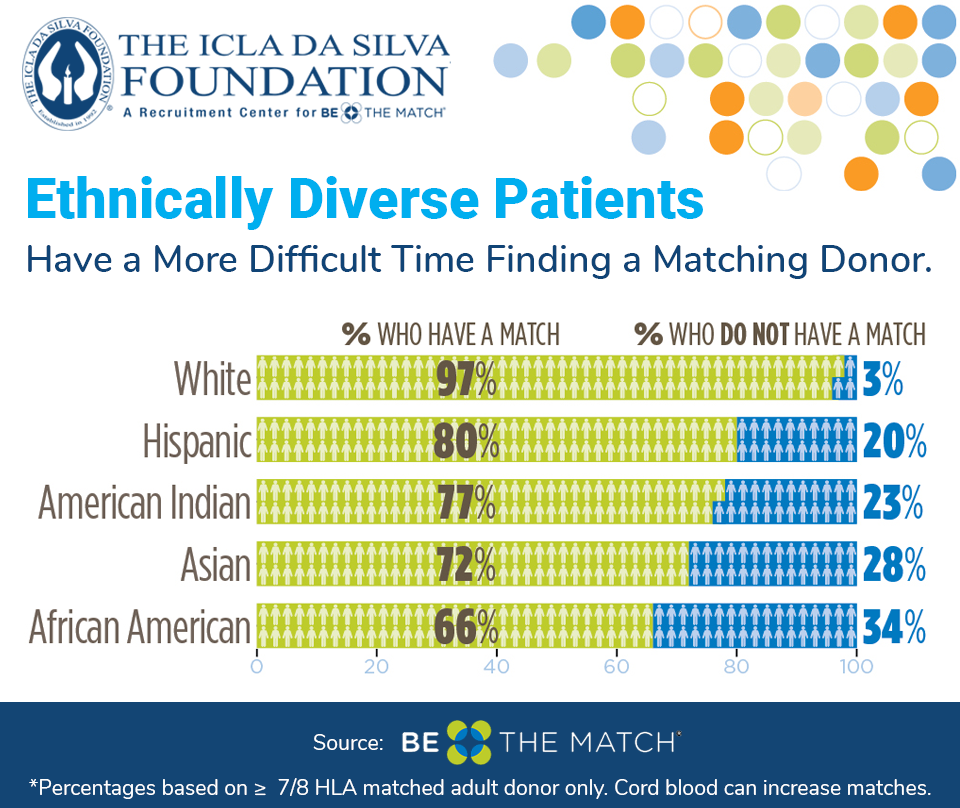
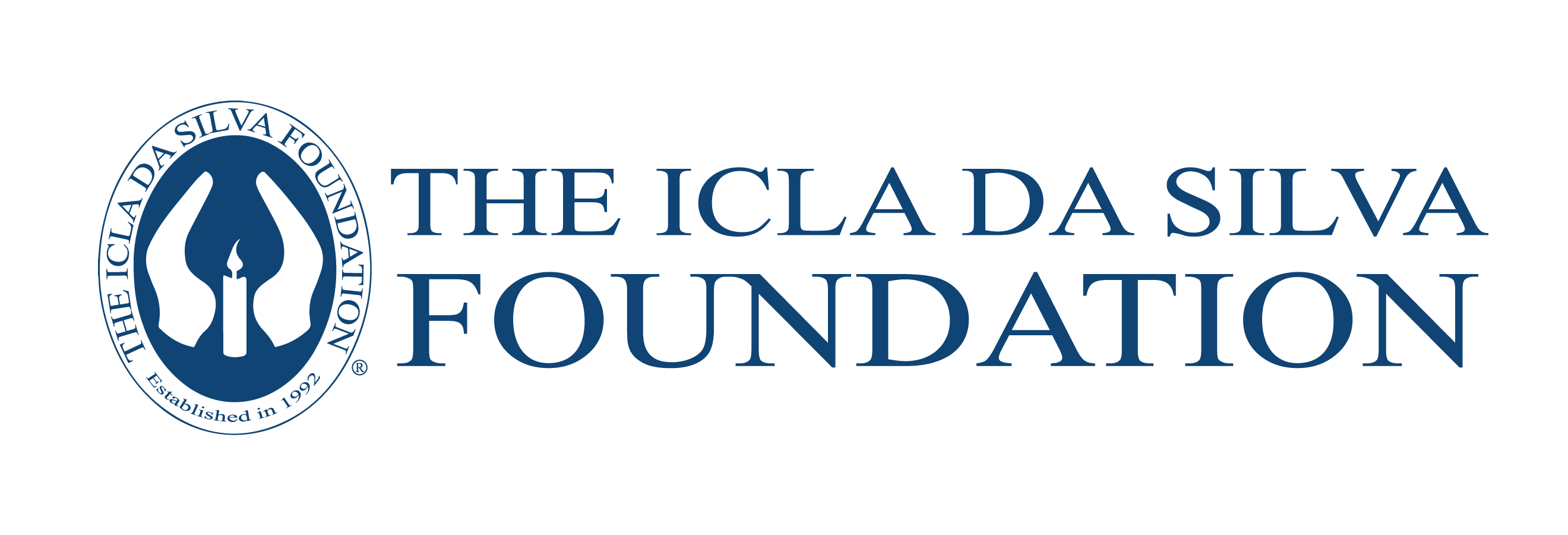
 English
English Spanish
Spanish Portuguese
Portuguese